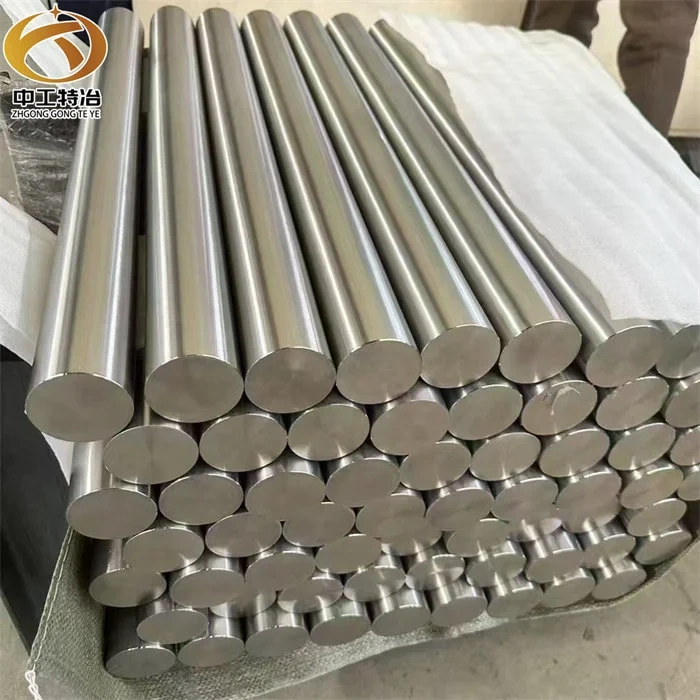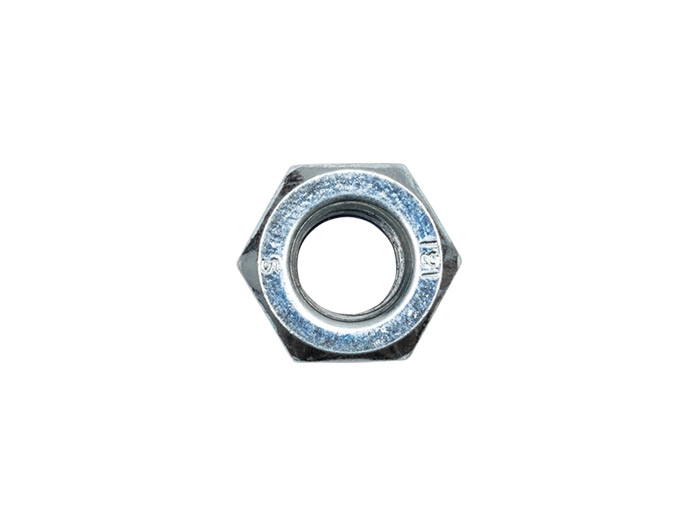When it comes to the world of geology, few debates are as intriguing as the comparison between basalt and granite, particularly regarding their hardness. Both rocks are prominent in the Earth's crust and have distinct characteristics that make them valuable in various applications. This article delves into the intricacies of these two igneous rocks, exploring their formation, composition, and, most importantly, their hardness.
Understanding the Basics: What Are Basalt and Granite?
Basalt is a fine-grained volcanic rock that forms from the rapid cooling of lava at the Earth's surface. It is primarily composed of plagioclase and pyroxene minerals, with a dark coloration due to its high iron and magnesium content. Basalt is the most abundant volcanic rock on Earth and is commonly found in oceanic crust and volcanic islands.
Granite, on the other hand, is a coarse-grained intrusive igneous rock that forms from the slow crystallization of magma beneath the Earth's surface. It is primarily composed of quartz, feldspar, and mica, giving it a lighter color and a speckled appearance. Granite is widely used in construction and decorative applications due to its aesthetic appeal and durability.
Measuring Hardness: The Mohs Scale
To compare the hardness of basalt and granite, we must refer to the Mohs scale of mineral hardness, which ranks materials from 1 (talc) to 10 (diamond) based on their ability to scratch one another. Granite typically ranks between 6 and 7 on the Mohs scale, while basalt generally falls between 5 and 6. This indicates that granite is, on average, harder than basalt.
Factors Influencing Hardness
- Mineral Composition: The hardness of a rock is significantly influenced by its mineral composition. Granite's higher quartz content contributes to its overall hardness, as quartz is one of the hardest minerals found in nature. In contrast, basalt's predominant minerals, such as pyroxene, are softer, which affects its overall hardness.
- Grain Size: The grain size of a rock can also impact its hardness. Granite's coarse-grained structure allows for the interlocking of minerals, which can enhance its strength and durability. Basalt, being fine-grained, may not exhibit the same level of interlocking, leading to a slightly lower hardness.
- Porosity and Density: Basalt is generally denser than granite, which can affect its hardness perception. However, the porosity of basalt can lead to weaknesses in certain applications, making it less durable in specific environments compared to granite.
Practical Implications of Hardness
The hardness of basalt and granite has significant implications for their use in construction and other industries:
- Construction Materials: Granite's superior hardness makes it an ideal choice for countertops, flooring, and monuments. Its ability to withstand wear and tear ensures longevity in high-traffic areas.
- Road Construction: Basalt is often used in road construction and as aggregate material due to its density and durability. While it may not be as hard as granite, its properties make it suitable for specific applications.
- Landscaping and Aesthetics: Both rocks are popular in landscaping, but granite's aesthetic appeal often gives it an edge in decorative applications. Its variety of colors and patterns can enhance the visual appeal of outdoor spaces.
Conclusion: The Verdict on Hardness
In conclusion, while both basalt and granite are formidable rocks in their own right, granite is generally harder than basalt according to the Mohs scale. This hardness, combined with its aesthetic qualities, makes granite a preferred choice in many applications. However, basalt's unique properties and abundance in volcanic regions also make it invaluable in specific contexts.





